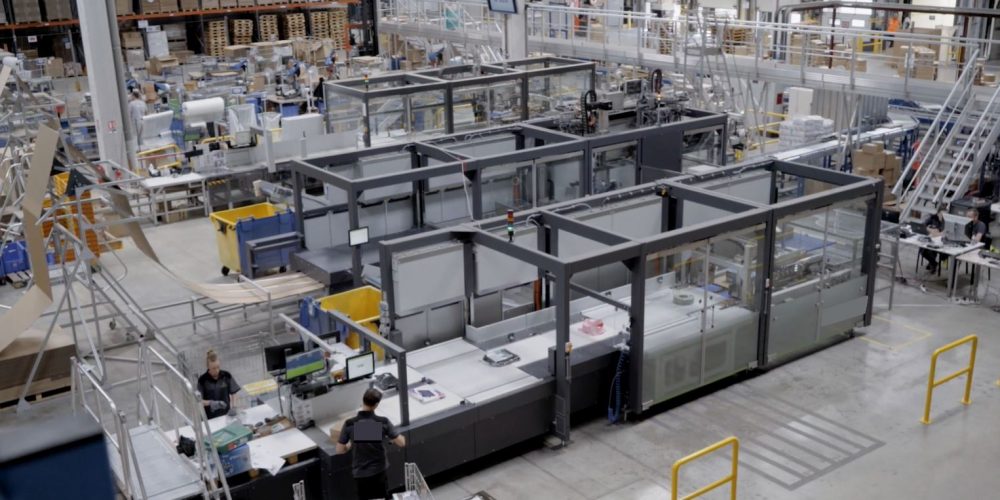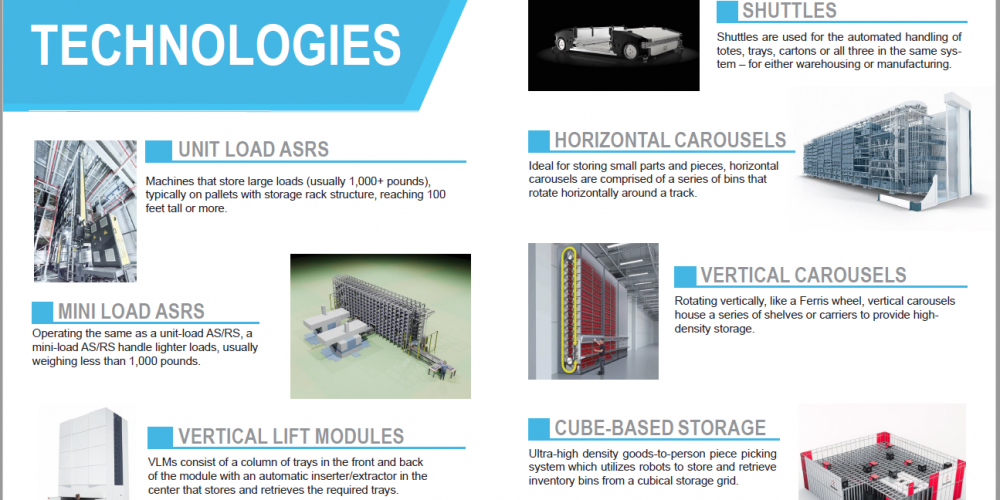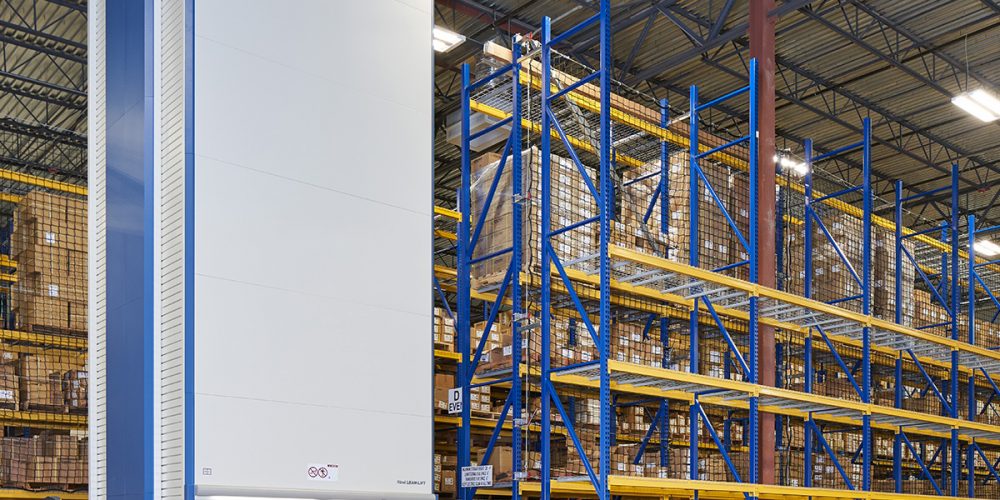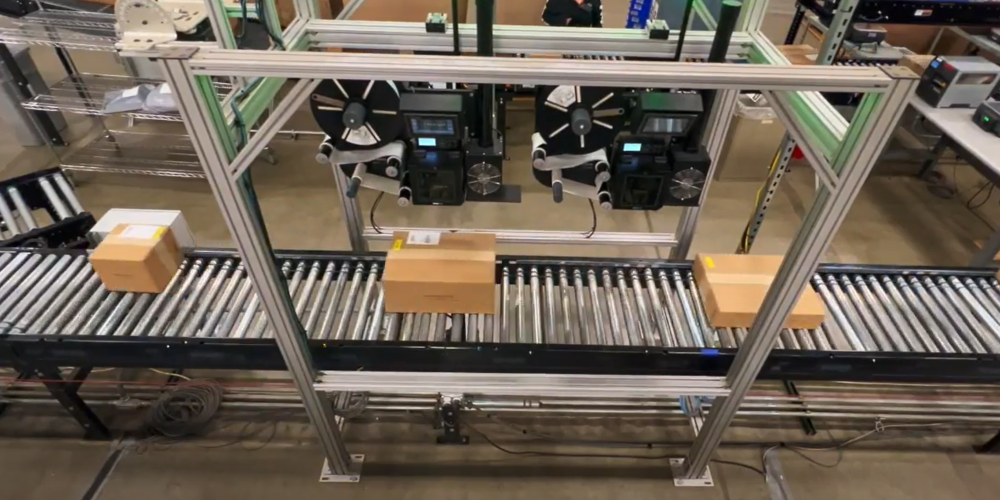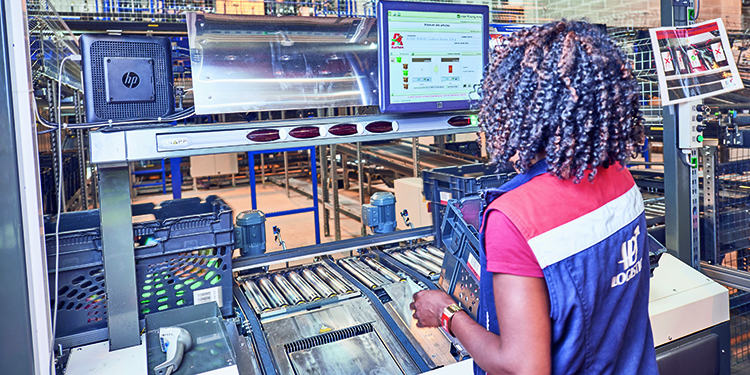Maintain Your SLAM Equipment
Having a well-trained team in-house will keep your equipment humming. With ongoing labor shortages and increasing demand, warehouses are turning to automation more than ever. This comes in many forms, from material handling equipment like forklifts and conveyors, to autonomous ...
How to Use Software to Attract and Retain Talent
Many businesses are feeling the pressure of getting the right people in the door these days. There is a significant shortage of qualified labor to fill the vacancies in the industry. Additionally, as baby boomers age out at a rate ...
Maintenance Check: From Reactive to Predictive
Modern tools are changing the way you maintain your equipment—with big savings to be had. The normal, long-standing tradition with material handling equipment is to react when something fails. Your conveyor grinds to a halt and you bring in your ...
Digitization of Intralogistics: Labor
Managing information rather than products is a good way to attract and retain labor—key in today’s environment. One of the most critical topics in today’s warehousing and manufacturing is digitization of intralogistics. It represents the flow of both materials and ...
ASRS as a Solution to the Labor Shortage
As the labor pool dwindles, automation like ASRS becomes the smart solution. Roughly 11 million employees have exited the workforce over the past couple years, according to some estimates. In many cases, these employees said they were seeking safer, more ...
3 Ways Digital Tools Improve Warehouse Labor Productivity
The labor shortage is impacting every level of business, from the warehouse floor operator on up to the C-suite. The result is that organizations are embracing all types of technology to help improve warehouse labor productivity. From advanced software to ...
Using ASRS to Offset the Labor Shortage
Labor Shortage: When the pandemic broke out in 2020, one of the hardest-hit populations were front-line workers, like warehouse employees. Warehouse employees worked long hours to keep up with customer demands and faced Covid exposure at a higher level than ...
Offsetting Labor Shortages with SLAM
The labor shortage isn’t going anywhere soon and the costs to attract reliable labor continue to rise. In some cases, warehouses and manufacturers are paying $30 an hour and higher to entice employees. Even then, reliability of those high-paid workers ...
Six Ways Automation Addresses Old And New Labor Issues
Staffing distribution centers and warehouses was challenging even before COVID-19 emerged in 2020, as unemployment rates have remained historically low over the past several years while competition for scarce workers drove wages increasingly higher. With the onset of the pandemic ...


